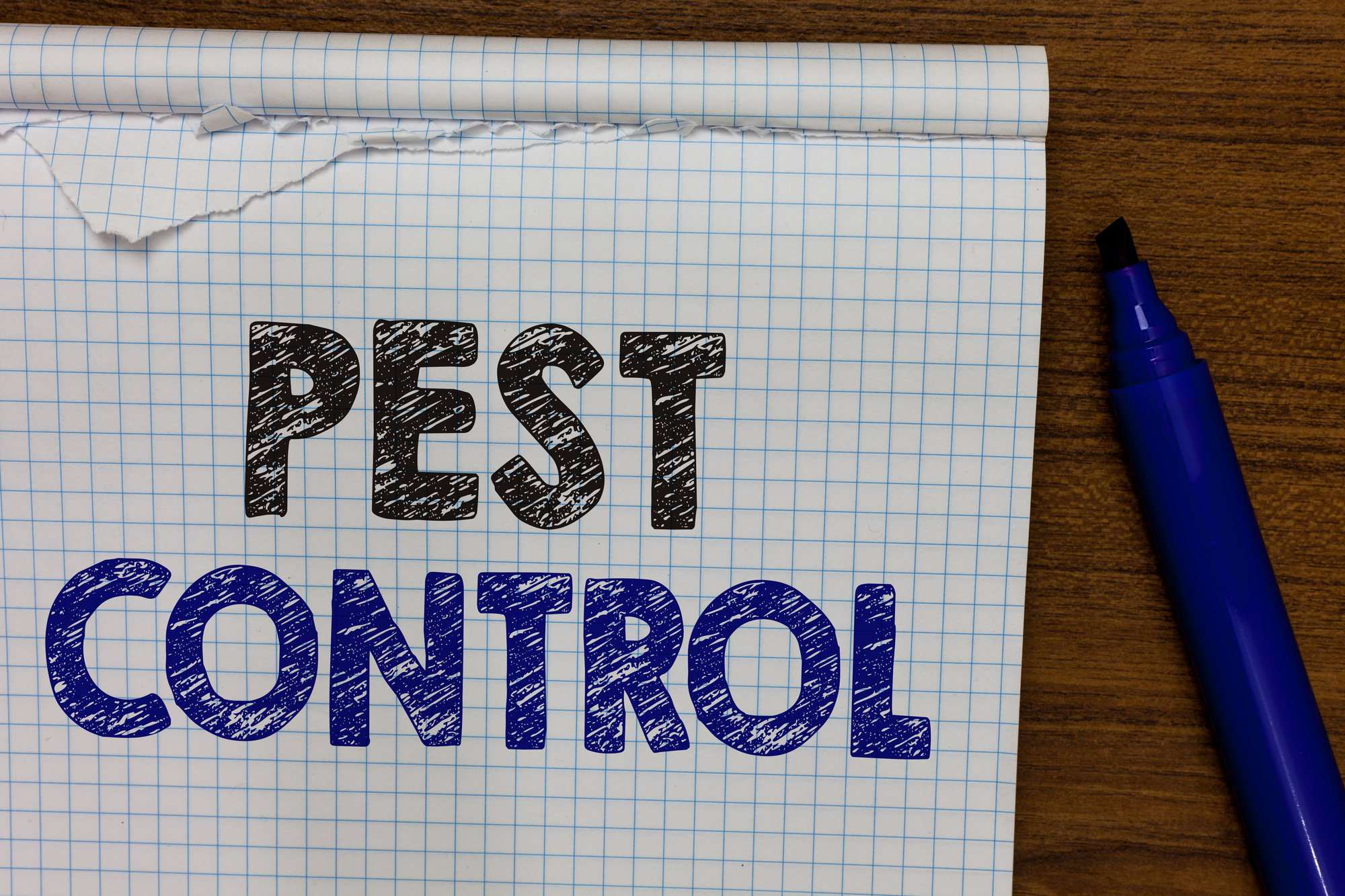Did you know that moles are found all over the world, despite being known as garden pests? The American species of moles are on the larger side, so they can do some real damage to your backyard and garden.
Luckily, there are plenty of signs of a mole infestation that you can catch. Once you spot the problem, you’ve taken the first step to eradication.
Keep reading to learn about four common signs of a mole infestation.
1. Damaged Plants
You might have a mole infestation if you find damaged plants in your yard or garden. If moles are present, they will displace dirt and expose plant roots causing plants to dry out and eventually die.
Mole activity in the soil can move plants around. If it looks like plants have been pulled up, it might be the work of a mole.
2. Tunneling
Moles live underground, but you can see tunnels from above ground. If it looks like someone went through your yard with a plow and made very crooked lines, this is probably a mole tunnel. They look like raised areas from the ground.
Backyard moles will tunnel wherever they can find food. You can tell how fresh a tunnel is by checking the health of the grass. Older tunnels will have wilted or dead grass because moles damage the grassroots when they dig.
Moles will stay in feeding tunnels until food runs out. Once that happens, you’ll start to notice newer tunnels forming. This is one of the common mole habits to look out for.
3. Molehills
One of the earliest and most obvious signs of a mole problem is a molehill. These hills look like small piles of built-up dirt.
Molehill sizing varies, but it’s typical for them to be a couple of inches in height. These hills are created to move the tunneled dirt.
Molehills are similar to the concept of anthills, which ants will create along the cracks of sidewalks and driveways.
4. Increase in Weeds
Are you noticing an increase in the number of weeds in your garden or backyard? An increase in weeds is not always a sign of moles, but it can be.
When moles uproot plants, it gives weeds a chance to sprout in new places. Moles tear up the yard allowing weeds to take over.
If you don’t catch this problem early on, most of your yard will become covered in unwanted weeds. You’ll need a pest control specialist and a weed control specialist to eliminate the problem.
Do You Have a Mole Infestation?
The tell-tale signs of a mole infestation are pretty easy to spot if you pay enough attention to your backyard and garden.
Moles live underground, so you’ll always find damaged plants, tunneling, and molehills when these creatures take over. If you wait too long to spot the problem, you may also notice an increase in the number of weeds in your yard.
If you find any of these signs, call a mole removal specialist right away. Contact us today for effective weekly mole-trapping services designed for your property.



